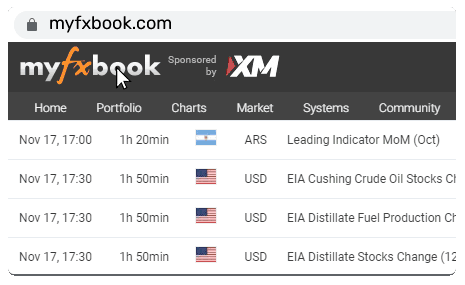USDJPY, JP 225 index, WTI crude oil

US CPI --> USDJPY
This week, market attention in the US centers on Friday’s CPI release, the only major government data that will be published due to the ongoing federal shutdown, now in its fourth week. Headline inflation for September is projected to rise to 3.1% year-on-year, marking the highest level since May and indicating a second consecutive monthly acceleration. Core inflation is expected to remain steady at 3.1%, with monthly increases of 0.4% for headline and 0.3% for core CPI.
These figures suggest that tariff-related price pressures remain contained. The data will be crucial for the Federal Reserve, which is widely anticipated to cut rates by 25 basis points at next week’s FOMC meeting. However, the outlook for December remains uncertain, dependent on labor market conditions and inflation trends. With official employment data unavailable, investors are turning to private-sector indicators and state-level claims to assess economic momentum, making this CPI release particularly influential.
USDJPY is returning to the upside after touching the significant 50.0% Fibonacci retracement level of the down leg 158.86–139.85 at 149.40, fluctuating within the 150.00–151.00 region. As long as the price remains well above the medium-term ascending trend line, the outlook is bullish, with the next resistance coming from the 61.8% Fibonacci at 151.65 ahead of the eight-month high at 153.20. The stochastic oscillator indicates more gains after a bullish cross in the oversold area.
Japanese CPI --> JP 225 index
Japan’s inflation data will be closely watched this week as investors reassess the likelihood of a Bank of Japan (BoJ) rate hike amid political uncertainty. The probability of a hike by year-end has risen to 65%, fueled by speculation following Sanae Takaichi’s rise within the ruling Liberal Democratic Party. While her pro-stimulus stance initially dampened expectations for tighter policy, a breakdown in coalition support has revived rate hike bets.
Friday’s CPI release could be pivotal. A stronger-than-expected print would reinforce the BoJ’s recent signals that inflation has sustainably reached its 2% target, potentially accelerating policy normalization. Comments from board member Hajime Takata on resilient consumption and labor conditions further support this view. Meanwhile, the yen remains sensitive to domestic political developments and global risk sentiment, with recent gains driven by trade tensions and safe-haven demand.
The JP 225 index unlocked another all-time high at 49,140 earlier in the day, adding more than 23% so far this year and completing the seventh consecutive green month. More advances could lead investors toward the 261.8% Fibonacci extension level of the downward wave from 38,000 to 30,400 at 50,600. MACD and RSI are still pointing upwards.
Crude falls on IEA surplus outlook --> WTI crude oil
WTI crude oil futures fell to 56.58 on Monday, nearing six-month lows amid persistent concerns over a global supply glut. The International Energy Agency’s upward revision of its surplus forecast for 2026, driven by increased OPEC+ output, has intensified bearish sentiment. Geopolitical risk premiums have also eased following a reaffirmed ceasefire between Israel and Hamas.
However, losses were partially offset by supply disruption fears after a Ukrainian drone strike shut down a major Russian gas-processing facility. Investors are monitoring diplomatic developments, including a meeting between U.S. President Trump and Russian President Putin in Hungary, which could influence the war’s trajectory and energy markets. Upcoming US-China trade talks add further uncertainty to crude price dynamics.
WTI crude oil is extending its selling interest, with the decline possibly pausing around the 55.60 support and the four-year low at 55.17. However, a rebound off 56.58 could open the door to the 60.13–60.60 resistance area. RSI and stochastics are moving horizontally in their oversold areas.





















